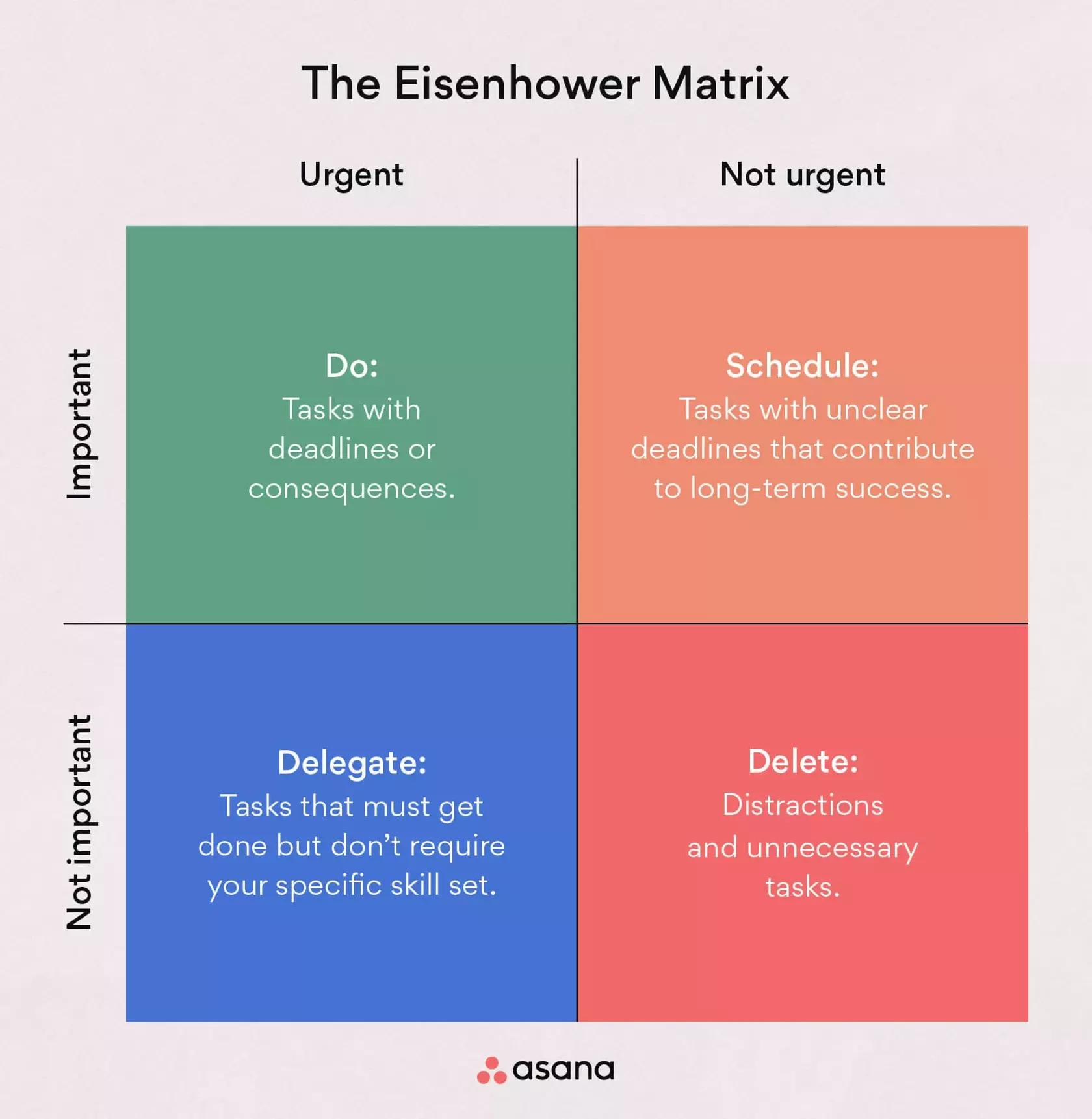to-do lists
Day 6 of 30. It's challenging to find time to sit down, think, put words to screen in the middle of a busy work week. Part of the life of a lead engineer is keeping track of everything to do. This isn't really a Lead Engineer Thing; it's more of a Person With Responsibilities Thing, and Lead Engineer happens to be my current instantiation of Person With Responsibilities.
It doesn't take much for your to-do list to exceed working memory, which has famously been pegged at seven plus or minus two. On the Seven Levels of Busy scale, this is Level 3, which is defined as having more to do than you can hold in your head - and which, notably, is not as busy as that scale would suggest you can safely be. That would (arguably) be Level 4, where with some ruthless prioritisation you can keep on top of everything.
But this hides an important observation: if you don't have good tools and frameworks for patching around the limits of your working memory, you'll be capped at Level 2. That works for some people, but is devilishly hard to find in our modern world. It means a stress-free existence without becoming completely detached from the world. It's probably impossible to sustain if you have kids, or any external responsibilities anywhere in your life - work, volunteer positions, any official or logistical process (moving, getting a license, etc.)
So for most of us, our minimum day-to-day operating level is Level 3, and it's also the first point at which you must externalise your memory to be effective. Otherwise, Level 3 will feel like Level 5, maybe Level 6: you'll forget commitments, struggle to keep on top of things.
Maybe that's the key point here. Unless you're a Director of Something or co-founder or serial board member or whatever, where you sit on this scale is a function not of how much you have to do, but how well you manage and prioritise it. Do you keep track of to-dos in a single place? Do you say no to things that are neither important nor urgent? Do you review and trim your list routinely?

It's easy for life to become a parade of to-dos: grocery lists, home repair lists, calendar reminders to meet X and pick up Y and fill out Z, kanban boards of tasks at work, maybe a personal to-do list of things you'd love to do but just can't seem to find the time for.
For me, I find I'm most effective when I have all my to-dos in one place, and when I'm making at least 20% of my time for Important but Not Urgent tasks. Yes, there are multiple places where tasks I should do are listed: Jira tasks, various meeting notes, personal trackers. I still have a single source of truth, which is a weekly to-do list I maintain in Notion. If it's on there, I plan to do it; if I promise someone I'll do it, it goes on there.
I'm also most effective when hovering between Level 3 and Level 4. Level 5 causes palpable stress, the kind that leaks out in conversations and discussions just enough to put others on edge. If you work with others, that can be dangerous. They pick up on it, and soon they're stressed because you're stressed, and doubly so because you're probably trying (and failing) to hide it, and they can tell but don't know why.
So do yourself and those around you a favour, and find the tool that works for you to manage what needs to be done. It doesn't matter what it is - it can even be a physical notebook. The right tool is the one you'll use reliably.